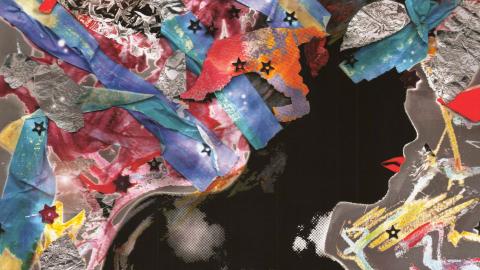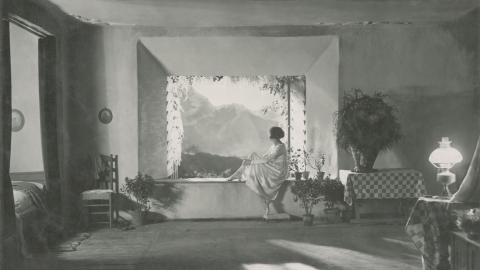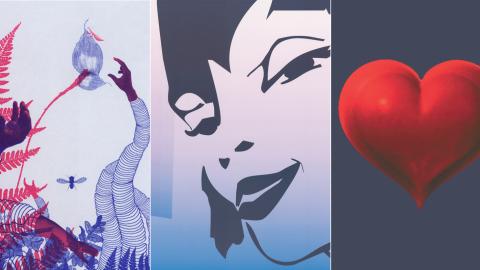

Cinema Art posters
Cinema Art posters
This is a collection of posters of international films distributed in Australia between 1927 and 1932.
The distributor Cinema Art Films brought many notable foreign productions to Australia, including Metropolis (Fritz Lang, Germany, 1927) and Blackmail (Alfred Hitchcock, UK, 1929).
In his testimony before the 1926-28 Royal Commission into the Moving Picture Industry in Australia, Cinema Art Films manager Leslie Keast explained that his company imported foreign films because he thought Australian audiences ‘would be pleased to see depicted countries other than America’.
Despite distributing some acclaimed titles, the company struggled financially and in 1931 registered to wind up voluntarily.
On several of the lithograph posters in this collection you can spot the Cinema Art logo: a blindfolded Lady Justice in front of a map of the world, with Australia and New Zealand prominent.
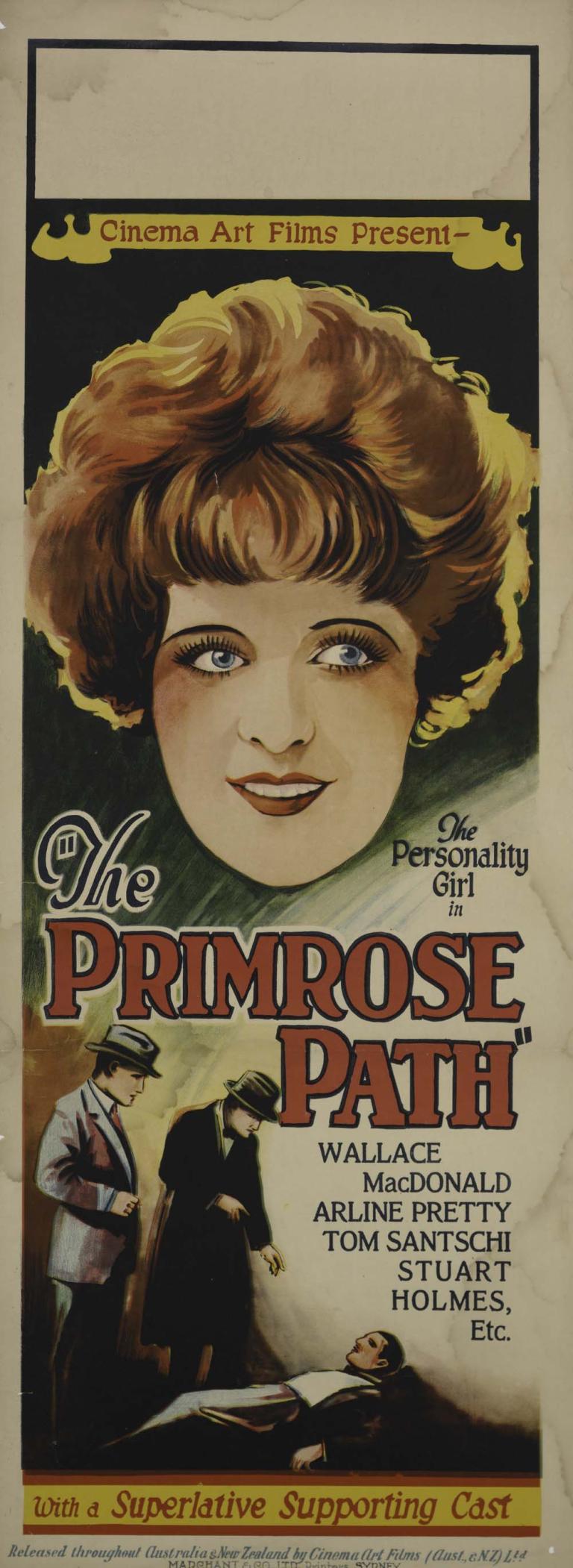
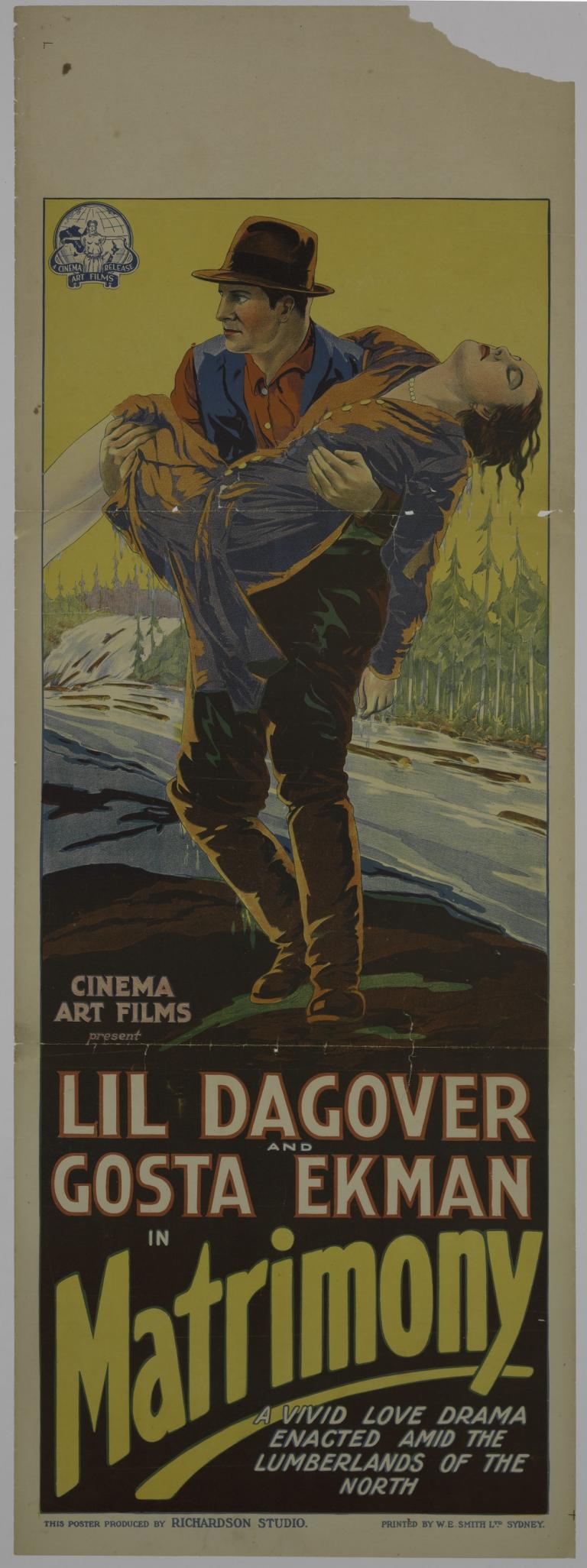
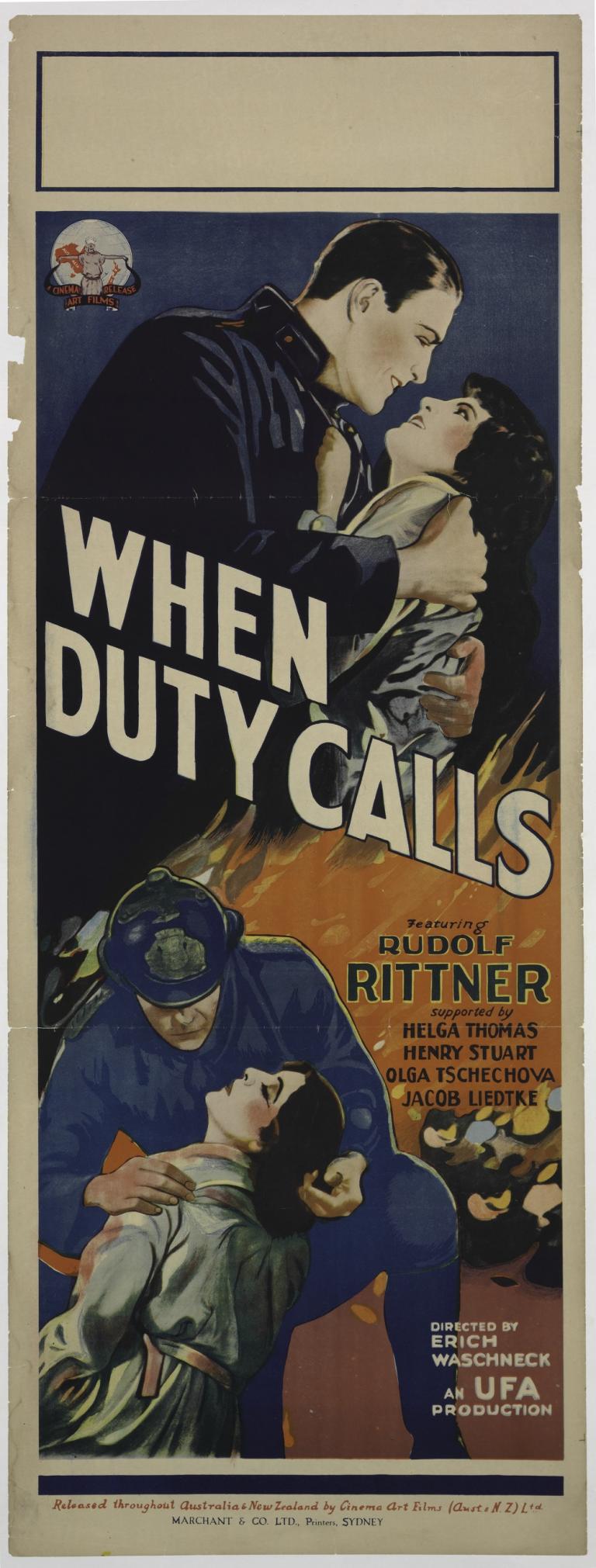
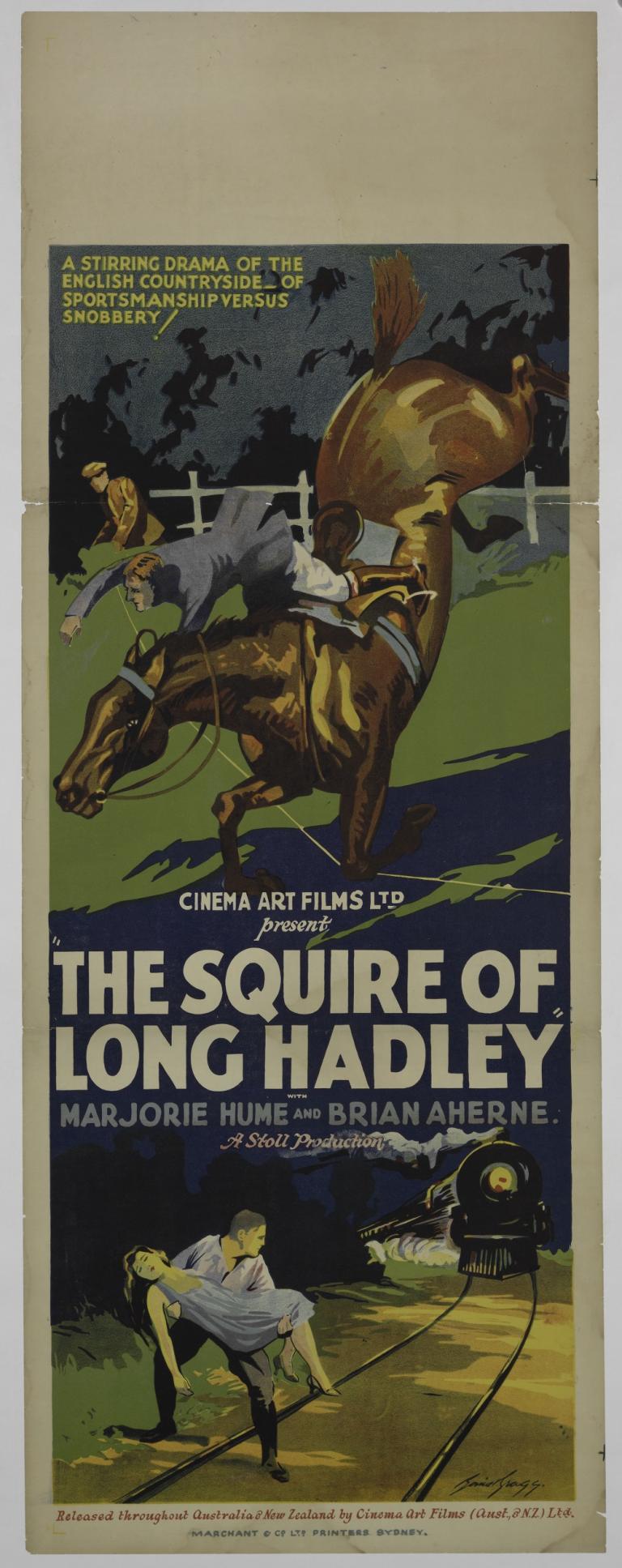
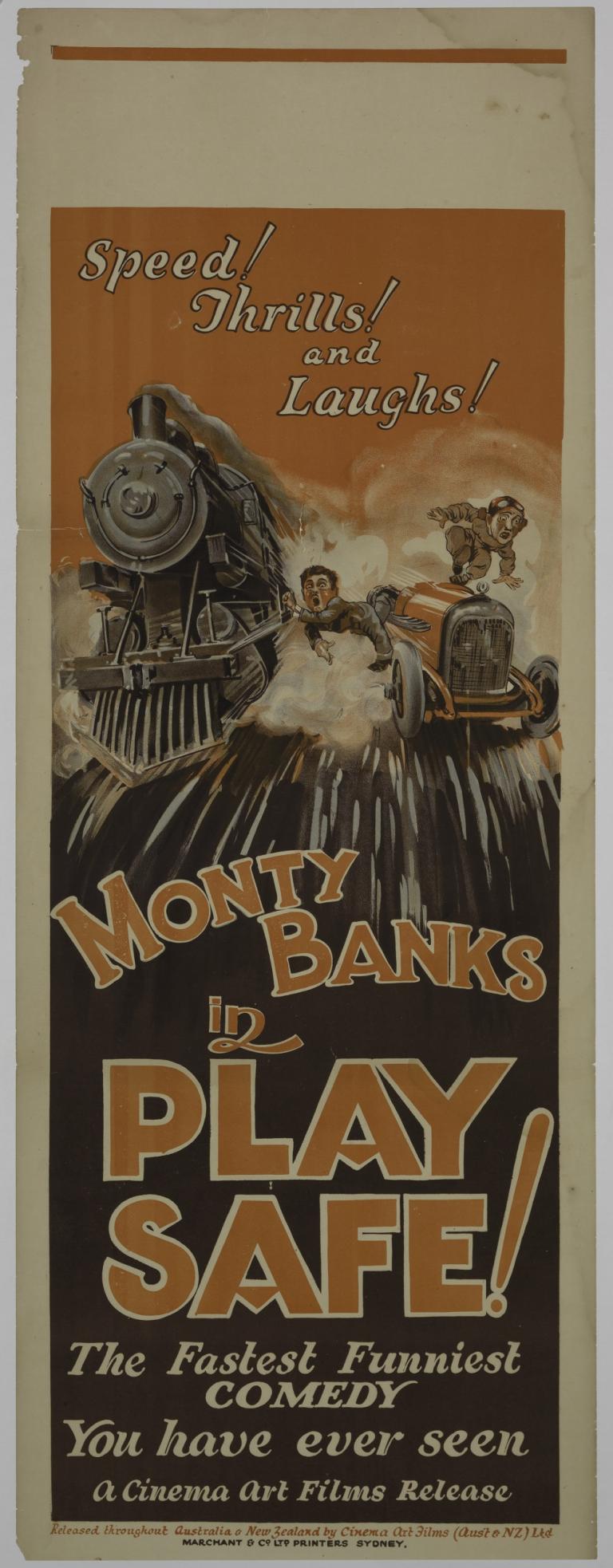
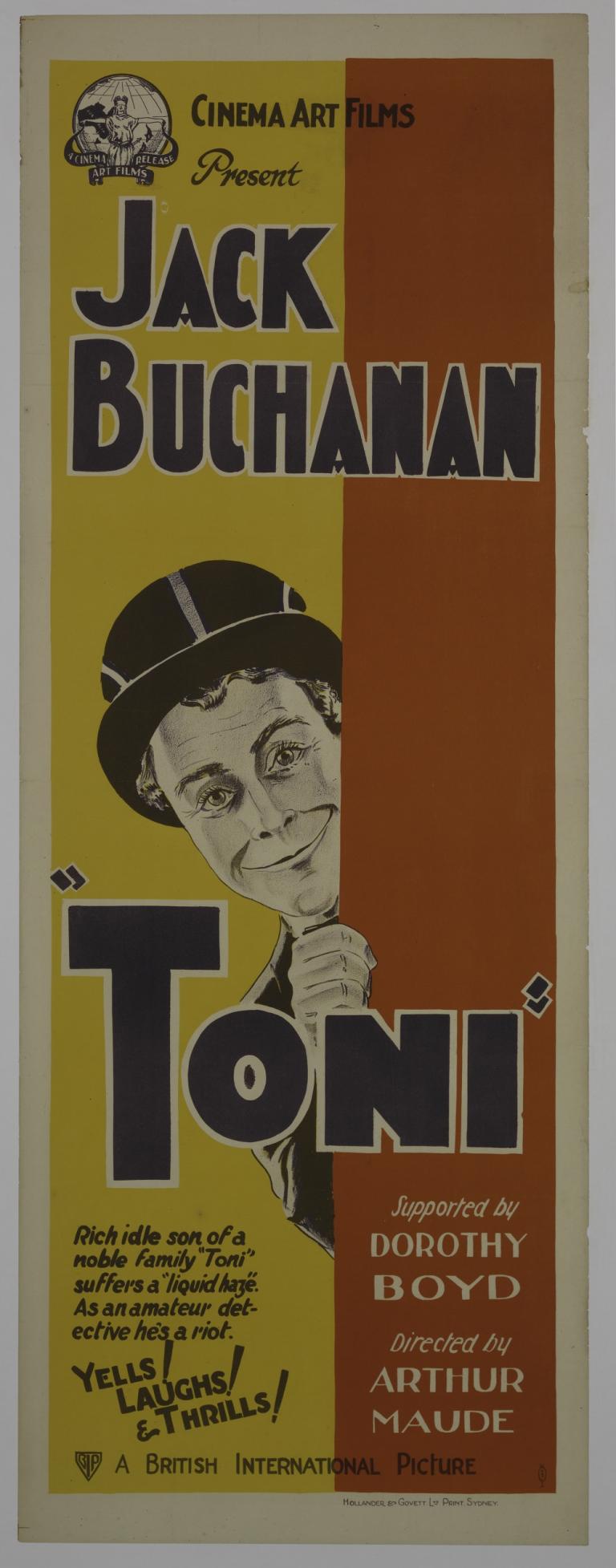
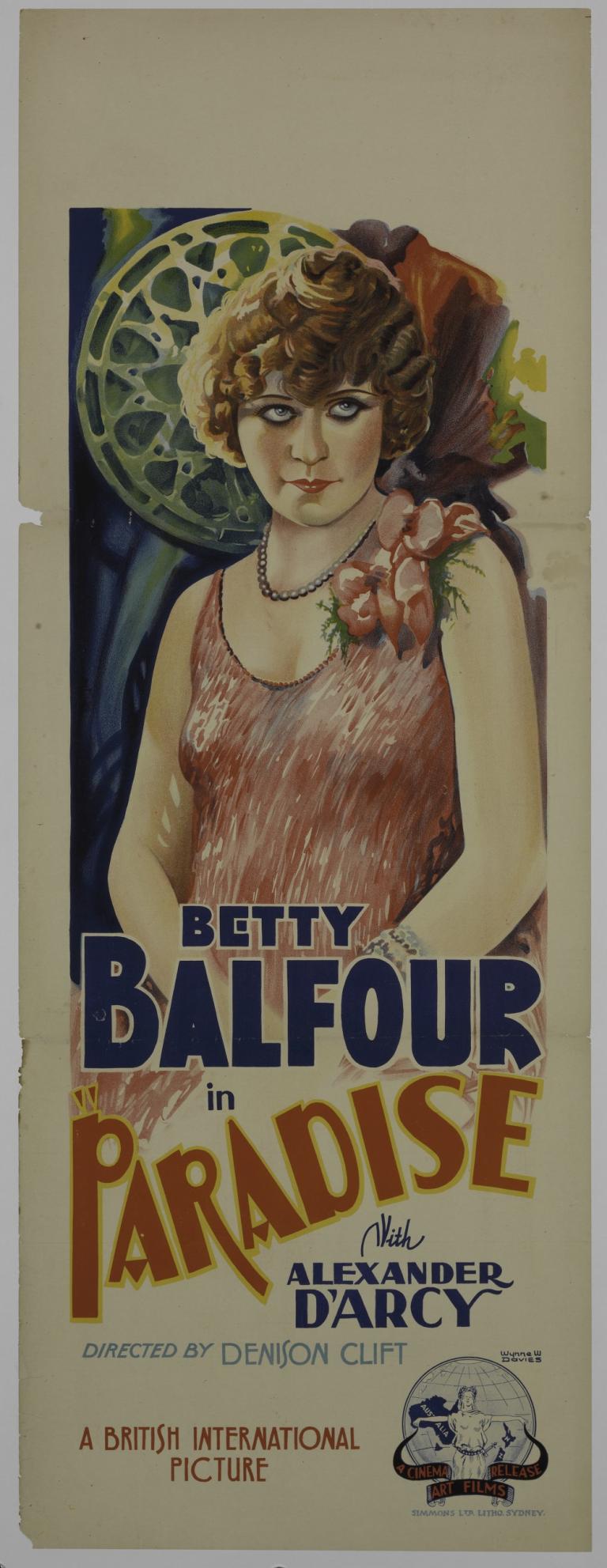
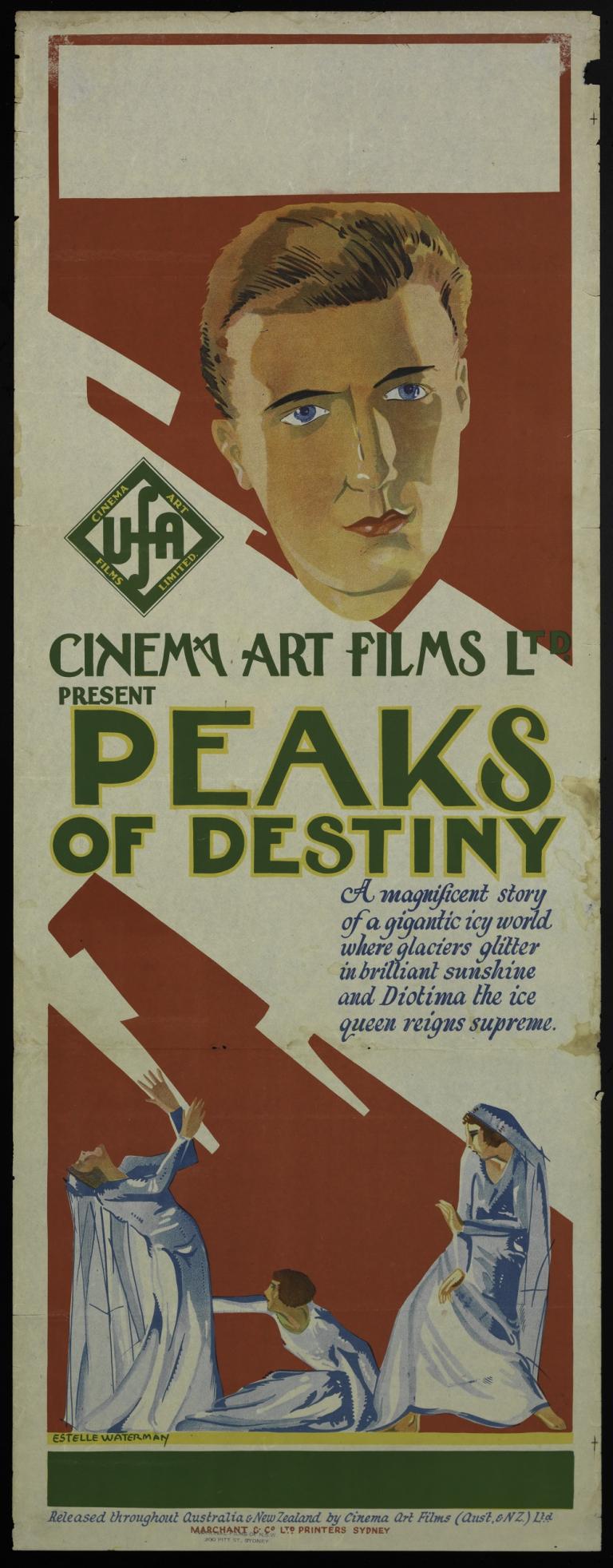
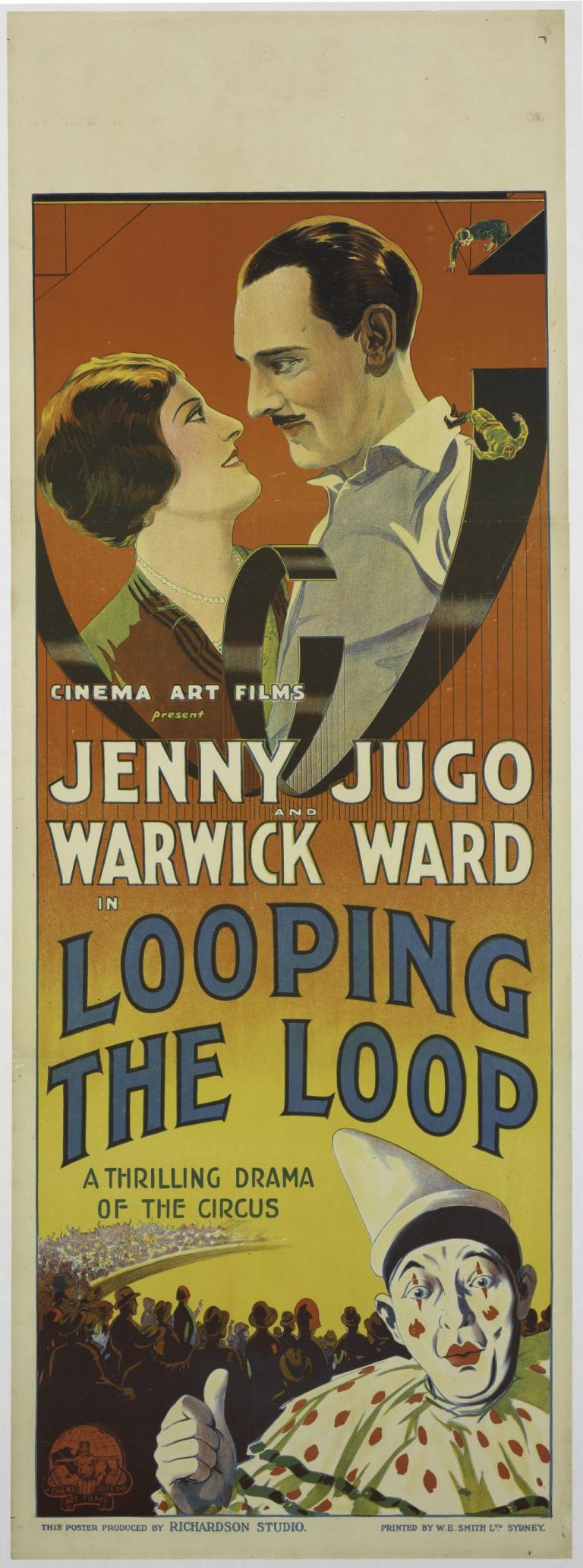
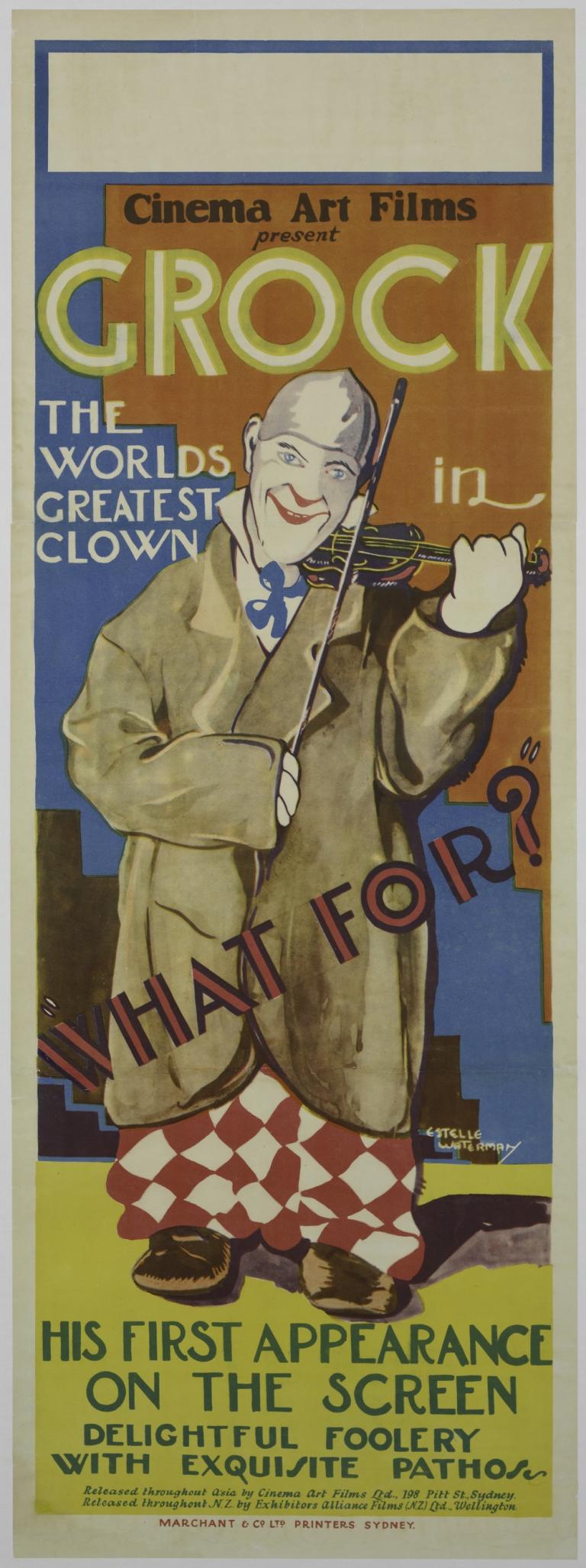
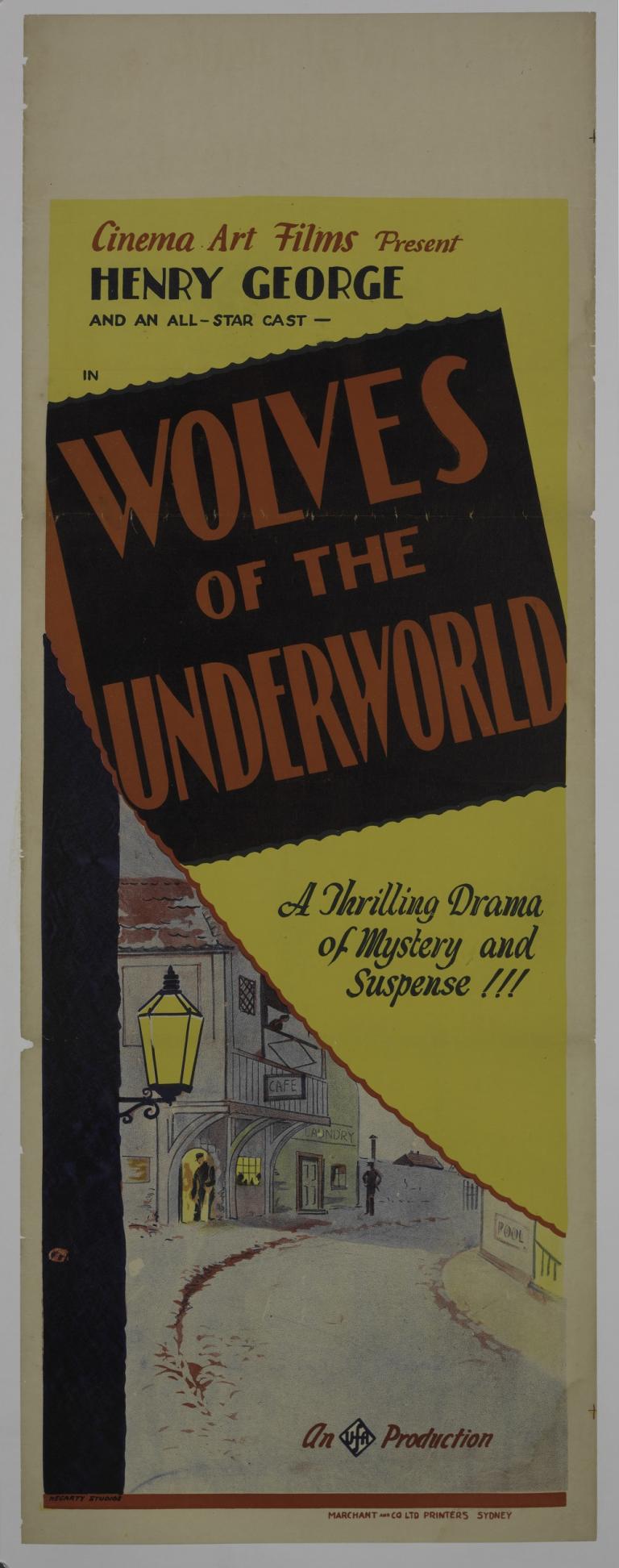
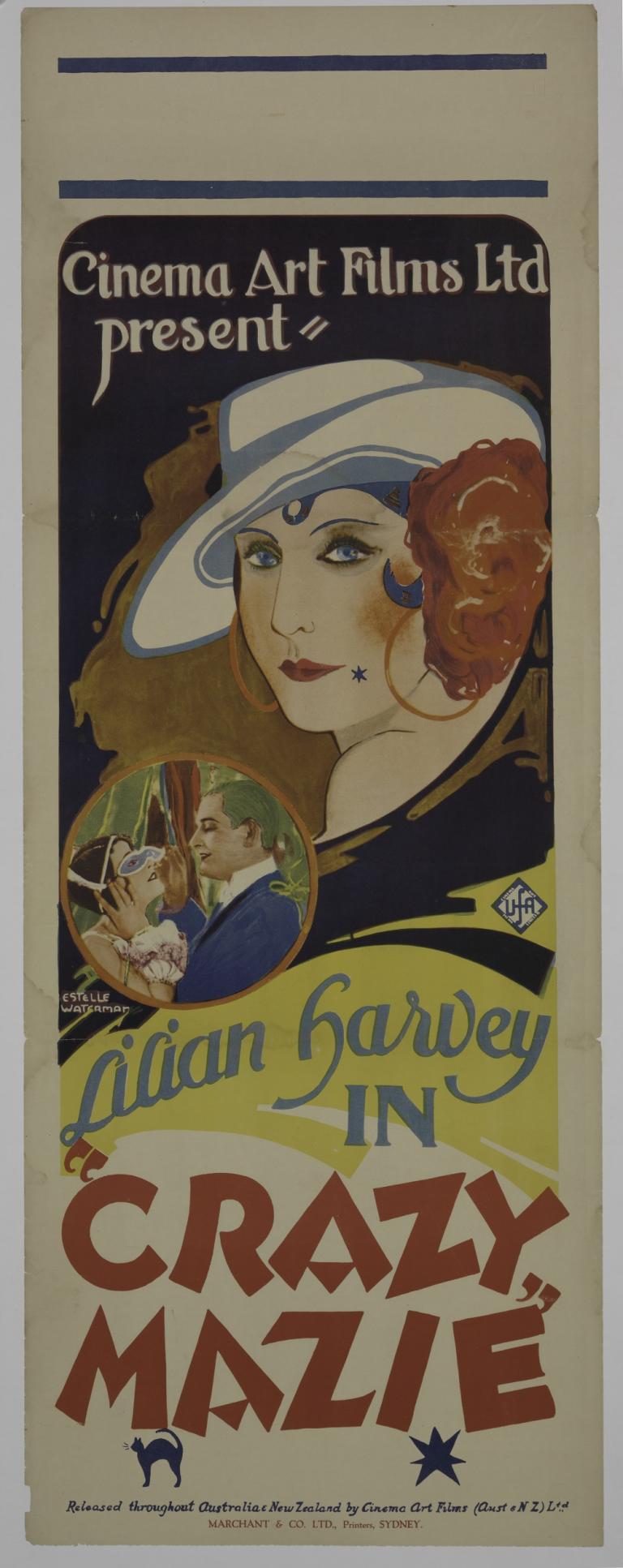
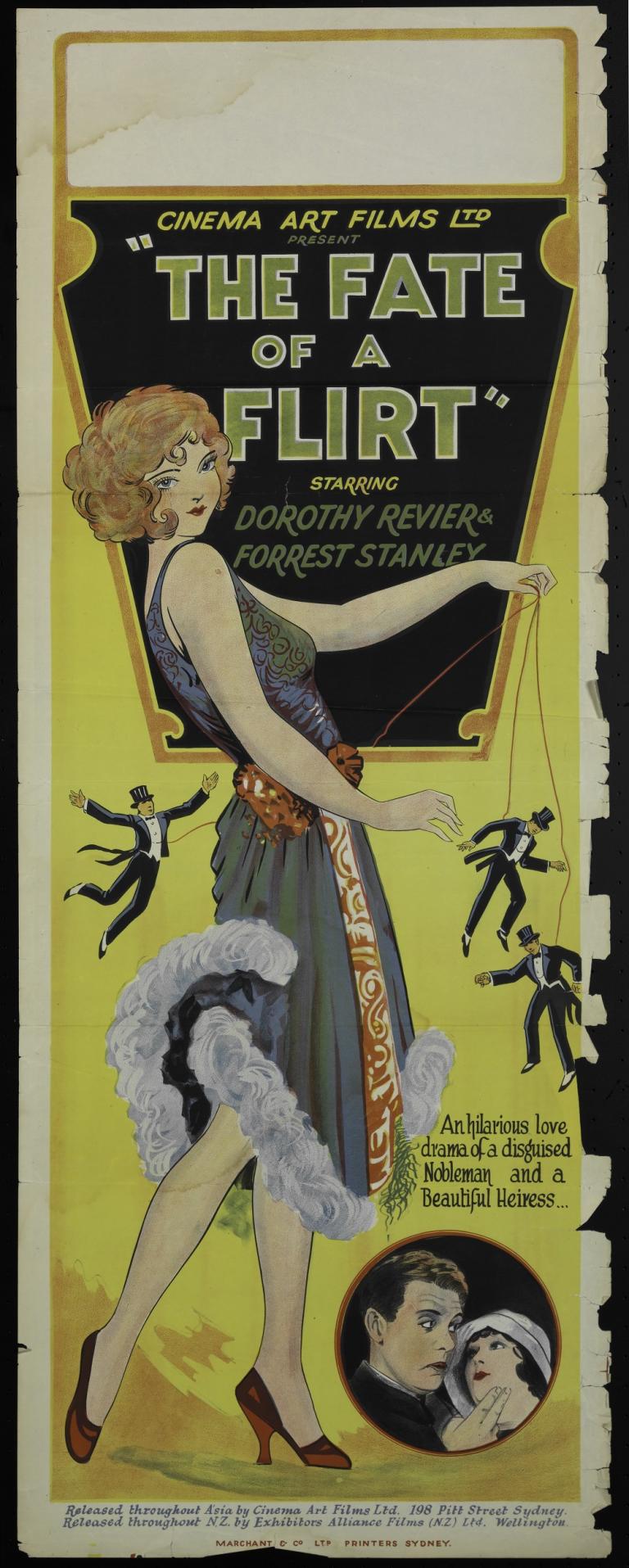
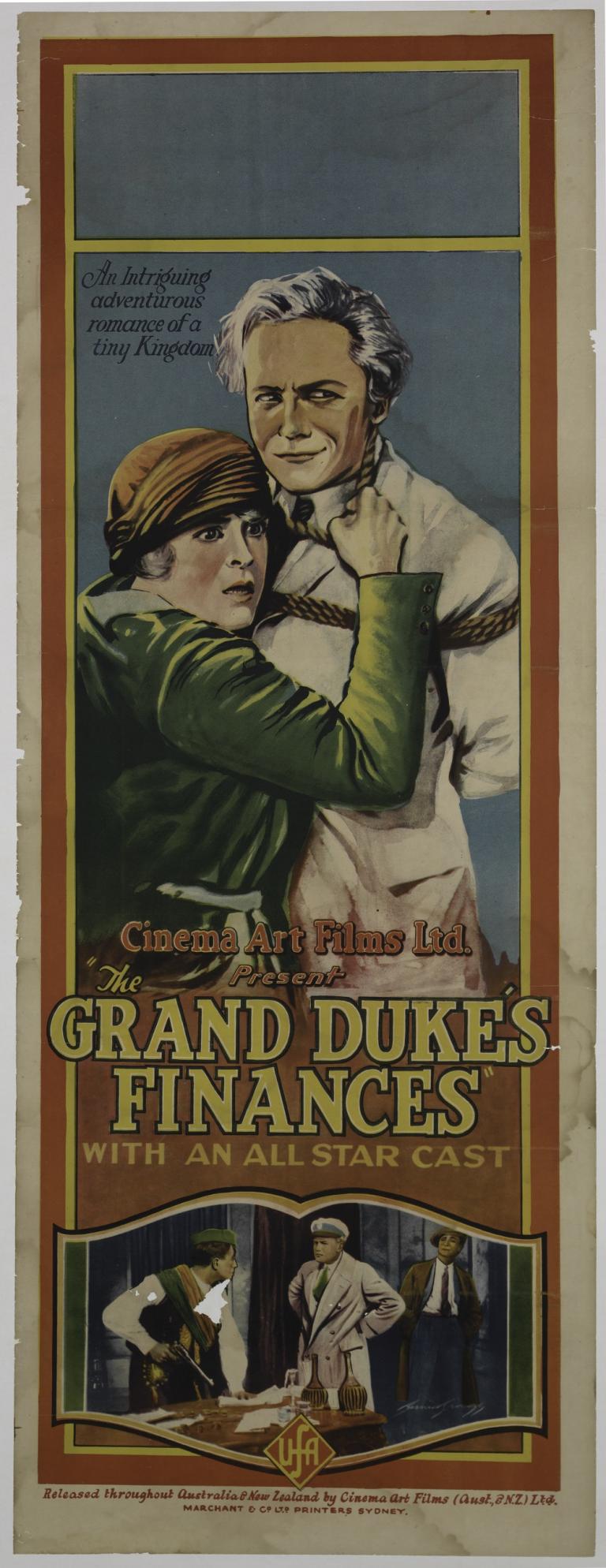

The National Film and Sound Archive of Australia acknowledges Australia’s Aboriginal and Torres Strait Islander peoples as the Traditional Custodians of the land on which we work and live and gives respect to their Elders both past and present.
